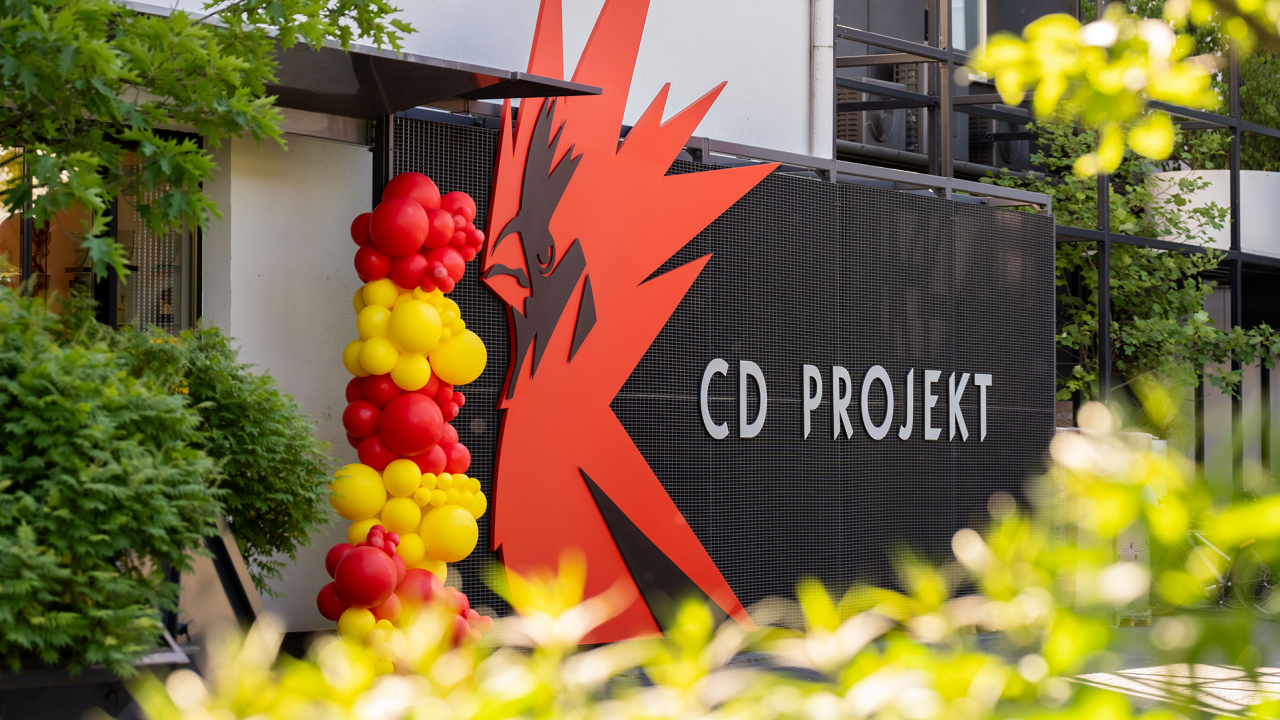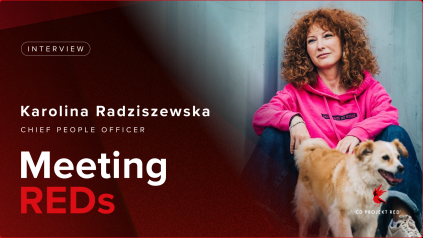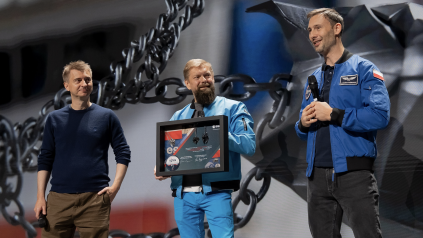Making a Difference With the RED Playtesting Program
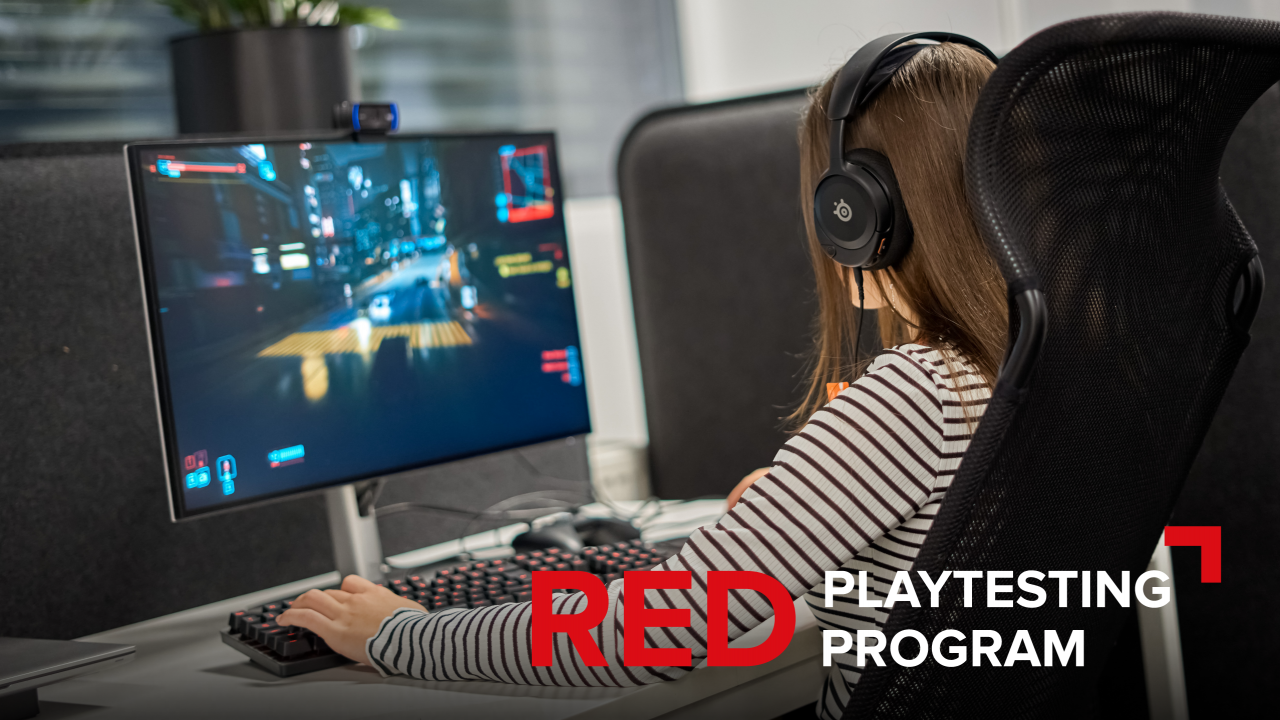
We thought we had motion controls nailed — until someone swung their controllers like Adam Smasher himself was after them. It was during the development of Cyberpunk 2077: Ultimate Edition on Nintendo Switch™ 2. We had worked hard to get motion controls working perfectly, with each distinct, intricate pattern resembling an action in the game. But when you put a thermal katana in someone’s hand and tell them to go to town, intricacy is the last thing on their mind.
“We had those pretty defined patterns, detailing how players are ‘supposed’ to take actions, and how they are ‘supposed’ to move,” said Dawid Zalewski, our Senior UX Researcher. “And then we had one person who just got so in, so immersed, they started swinging their hands wide, doing every single movement with big motions, trying to smash things. And the controller was completely unresponsive.”
We are designing games for players, so it’s essential to involve them in the process.
This is a chief example of why we believe playtesting is so valuable, and why the User Experience Research, or UXR team, is vitally important to the work we do at CD PROJEKT RED. “The goal of having a user experience research department in a company like ours is to bridge the gap between the design intent and how the experience is realized in the minds and eyes of players,” Dawid said. “This ensures that what we are trying to deliver is actually delivered.”
Creating something in a vacuum presents a unique set of challenges, and as Dawid pointed out, it can sometimes be difficult to fully understand a player’s perspective when players can’t get near the game. It’s for this reason we created the UXR team, and the RED Playtesting Program within it — an initiative that absolutely anyone can sign up to for a chance to interact with a game or game-related content in development at CD PROJEKT RED.
“We are designing games for players, so it’s essential to involve them in the process,” Dawid said. “Designers know the game so well that it’s impossible to detach from it, so many problems that come up in playtests are ones designers hadn’t thought of. This isn’t due to oversight, but due to familiarity. When you know the gameplay mechanics so deeply, you subconsciously use solutions that you know work.
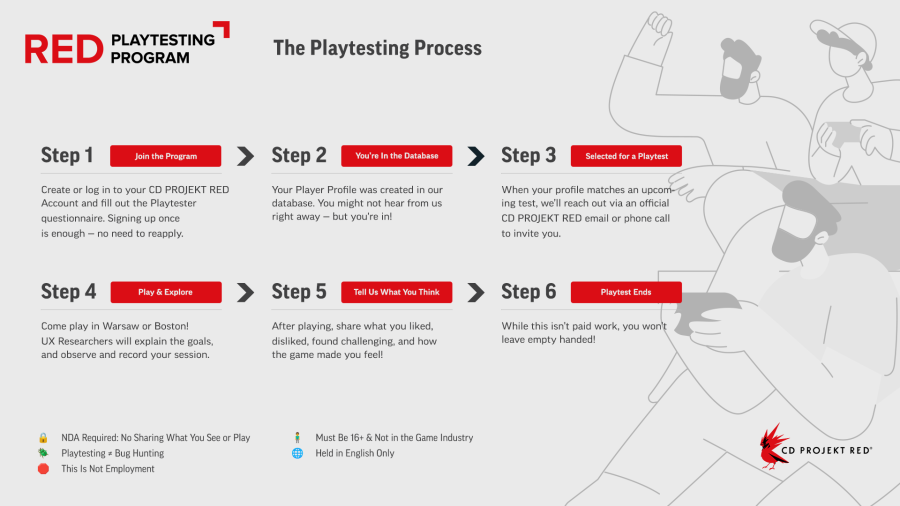
“But when real players come in — people with no prior knowledge — you realize that the path you assumed they'd take is completely different from what they actually do. That’s why it’s crucial to involve them before release to identify and fix potential issues.”
Signing up for a playtest is simple: players just need to log into their CD PROJEKT RED Account and fill out a questionnaire on our website. Once done, the data is entered into a database and we’ll get in touch with opportunities if and when they come up. We don’t only need dedicated players who know our games inside out either — we seek all different types of experience levels depending on what we’re looking to playtest.
Opportunities can come in different shapes and sizes too. “Early on, we focus more on concept validation,” Dawid said. “Does the idea resonate with players? If not, why? But even then, we’re cautious because players don’t have the full picture yet. They only see fragments of our creative vision. So we use early feedback to challenge assumptions, but don’t make drastic decisions based on it.
They can see the game after release and say, ‘Hey, maybe I helped shape that.’
“If a player doesn’t like an idea but we believe it will work once all pieces are in place, sometimes we take a leap of faith. But we do so consciously, knowing the risks and how we’ll address them. We're not designing a game just because players say they want X. We respect their input but also maintain our creative vision. People working on games are artists too — they want to express something.”
Alongside observing how players react, asking them questions, and so on, the UXR team deploys advanced technologies like eye-tracking to learn exactly how players are experiencing the game too. If players don’t follow a certain path they’re meant to, or didn’t notice an on-screen prompt, we can detect what drew their eyes away from these. “We use eye-tracking especially in later development. For example, if there’s a health bar, we can see how many players notice it, how long they look at it, how often they revisit it, and so on,” Dawid said.
“We also use telemetry data to tell how many times people died, which enemies killed them, which quests they did… Telemetry gives us quantity. Observations and interviews give us quality. Together, they give a full picture.” Dawid noted that each part of this process seems enjoyable for players, even if they’re not getting their hands on a version of a game that’s ready for release. “Most people are excited to be part of the process,” he said. “They know their feedback matters. They can see the game after release and say, ‘Hey, maybe I helped shape that.’”
AnsweRED PODCAST
Join hosts Paweł Burza and Sebastian Kalemba as they dive into various game development topics with the help of guests from CD PROJEKT RED, Promised Land Art Festival, and the wider industry. This podcast is the perfect listen for anyone interested in game dev; it offers a unique platform to gain valuable insight and knowledge directly from our experts. Tune in today!

 All posts
All posts
